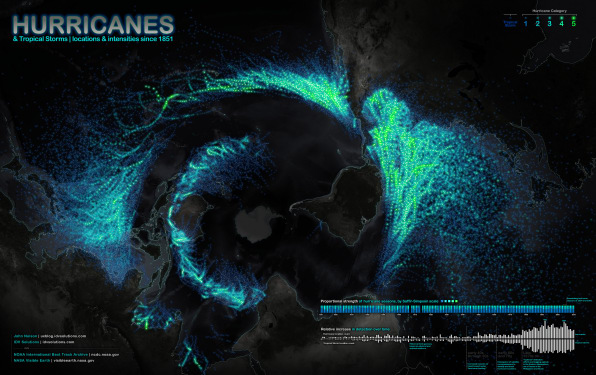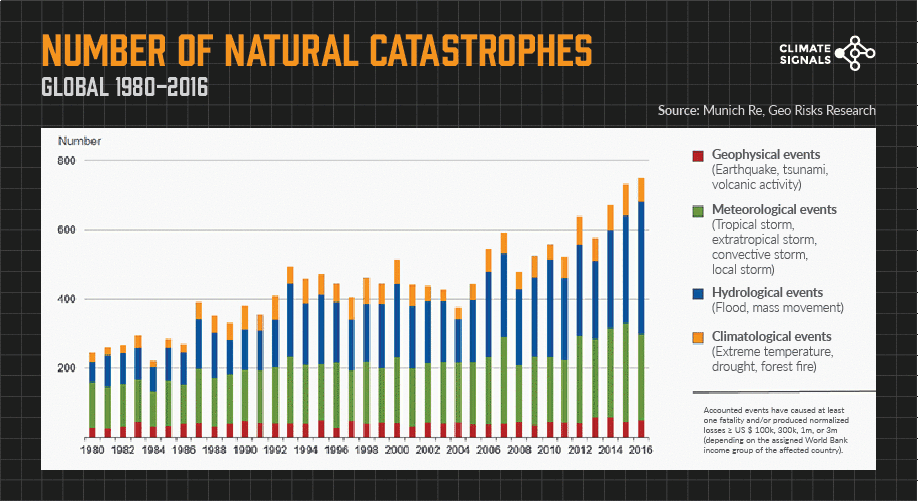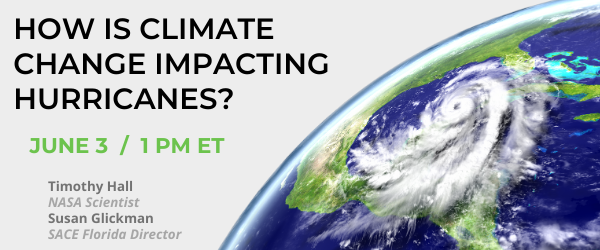

At the same time, storms are intensifying and higher average air temperatures mean that storms carry more water. A 3-meter storm surge on top of a historically normal water level is less damaging to roads than the same surge on top of a water level that is elevated by. As sea levels rise, storm surge becomes more of a threat to coastal communities because the baseline water level is higher. Sea level rise is occurring worldwide with the changing climate, and it is compounded on the Atlantic coast by geography. The increasing hazard is mainly driven by two developments: rising sea levels and increasing precipitation driven by climate change. “The frequency of storms is not as important as the increasing number of storms that can become hazardous.” “The proportion of storms that can have an impact on communities is increasing,” Lin said. However, Lin’s team found that even without an increase in the overall frequency of storms, the increase in intensity will make it much more likely that areas along with East Coast and Gulf Coast will experience sequential storms. The model used by Lin’s team showed an increasing number of storms, but other models have shown no increase. But there is some uncertainty in whether the number of storms will increase, decrease, or stay the same over the period, the researchers noted. There is a general scientific consensus that climate change will increase the intensity of Atlantic hurricanes in the coming century. In both cases, the chance of sequential, damaging storms increased dramatically.


They looked at two scenarios: a future with moderate carbon emissions and one with higher emissions. The researchers ran computer simulations to determine the change in likelihood of multiple destructive storms hitting the same area within a short period of time such as 15 days over this century. “There has been an increasing trend in recent decades.” “Sequential hurricane hazards are happening already, so we felt they should be studied,” Lin said. The researchers said their study showed that sequential storms have become more common on the East Coast and the Gulf Coast, although they remain relatively rare. In the late summer of 2021, Hurricane Ida struck Louisiana, followed shortly by Tropical Storm Nicholas, which had made landfall as a hurricane in Texas. The emergency planning challenges raised by three major hurricanes led researchers to question whether multiple destructive storms could occur more readily due to climate change, and what steps could be taken to prepare for this. That summer, Hurricane Harvey struck Houston followed by Irma in South Florida and Maria in Puerto Rico. Researchers led by Ning Lin, an associate professor civil and environmental engineering at Princeton University, first raised questions about increasing frequency of sequential hurricanes after a particularly destructive hurricane season in 2017. “Today’s extremely rare events will become far more frequent.” “Rising sea levels and climate change make sequential damaging hurricanes more likely as the century progresses,” said Dazhi Xi, a postdoctoral researcher and a former graduate student in civil and environmental engineering and the paper’s lead author. By subscribing, you agree to receive email related to Lab Manager content and products.


 0 kommentar(er)
0 kommentar(er)
